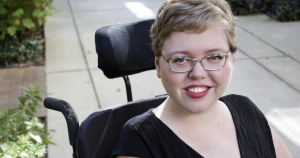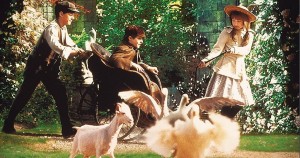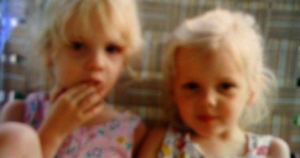
Scoliosis in Books: What’s Missing?
Portrayals of scoliosis in fiction often lack realism. Why is there so little reflection on the factors that affect a person’s journey?

Portrayals of scoliosis in fiction often lack realism. Why is there so little reflection on the factors that affect a person’s journey?

Although the author got some of the details about blindness wrong, she seems very committed to diversity, and I enjoyed this book a lot.

We take a moment to look back at our favorite posts and reads of the year, and to look ahead to the substantial changes 2017 will bring at Disability in Kidlit.

Blind characters seem to always go too far in either one direction or the other—either completely ruled by their disability, or completely unfazed. The truth is, I hate both, because neither is honest.

A snarky New York Times column referred to CFS as “yuppie flu,” and oh, it was hilarious. Those silly rich people imagining themselves sick!

Masturbation (and sexuality in general), particularly for girls, is widely stigmatized. But on top of that stigma, I had this body that was utterly different from the bodies around me. It was different and therefore wrong.

After second grade, I stopped reading most books unless they were assigned for class. Even then, I often didn’t read them. The reason being, when I read a sentence, I often didn’t understand it. Somewhere between my eyes seeing the words and my brain, the phrase disappeared into the ether.

Perhaps “normal” behavior is best described as a “normative spectrum.”

For disabled characters, being cured is a common trope. What’s more, in most of these narratives, the characters are cured because they’re better than they were at the start of the book: kinder, gentler, braver. And finally, finally, they’re normal and whole.

In my experience, the disabled sibling in fiction exists purely to make the main character’s life more “difficult,” more “sympathetic.” Oh, that poor dear, the writers want you to think,